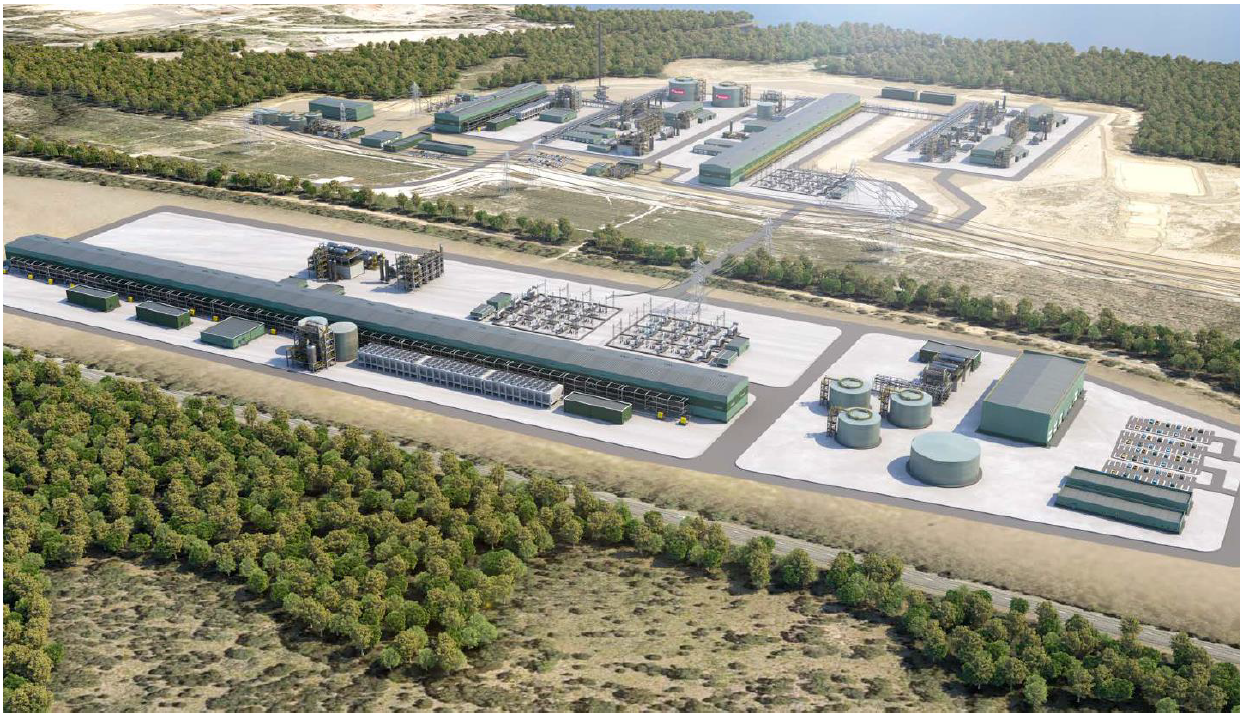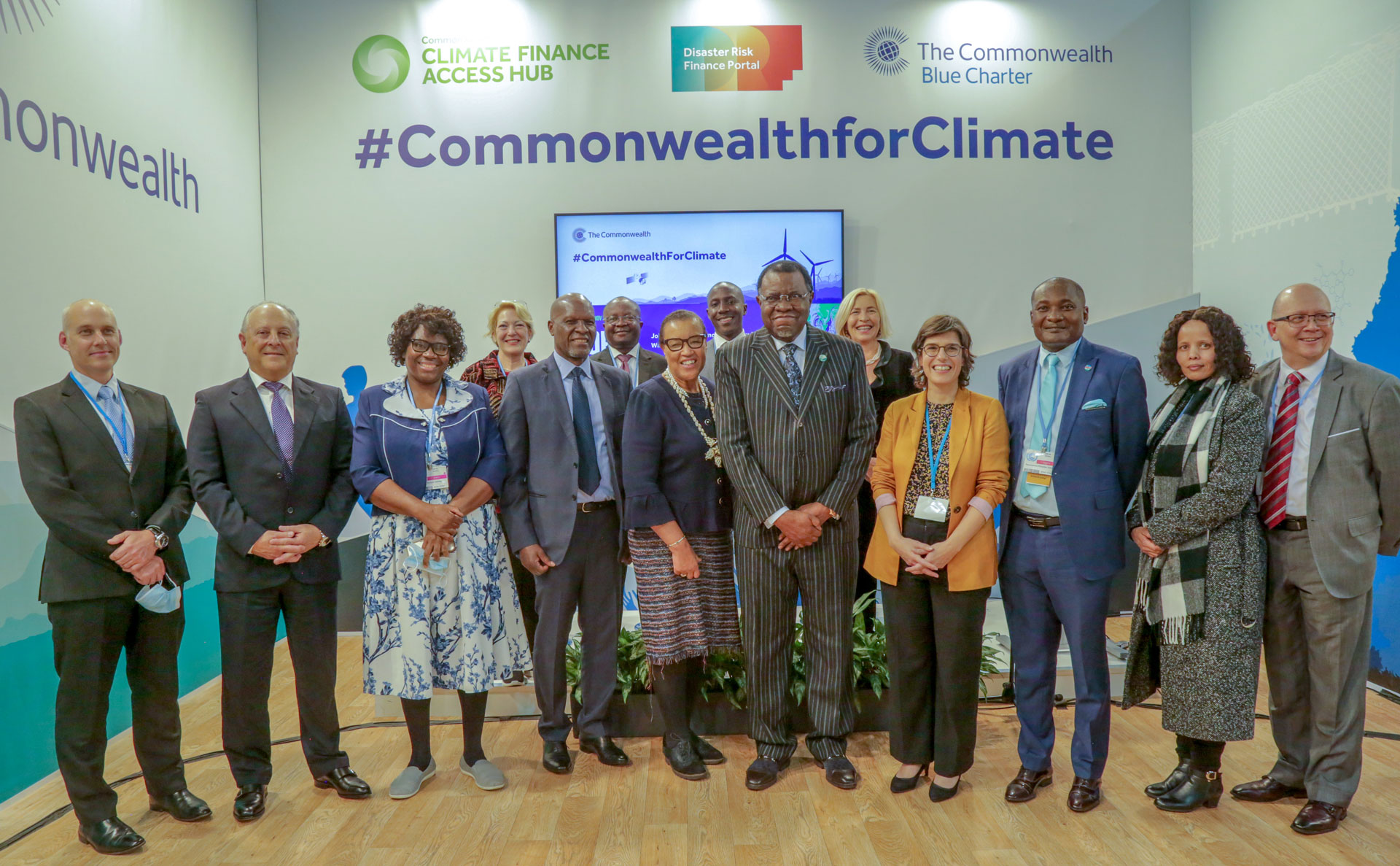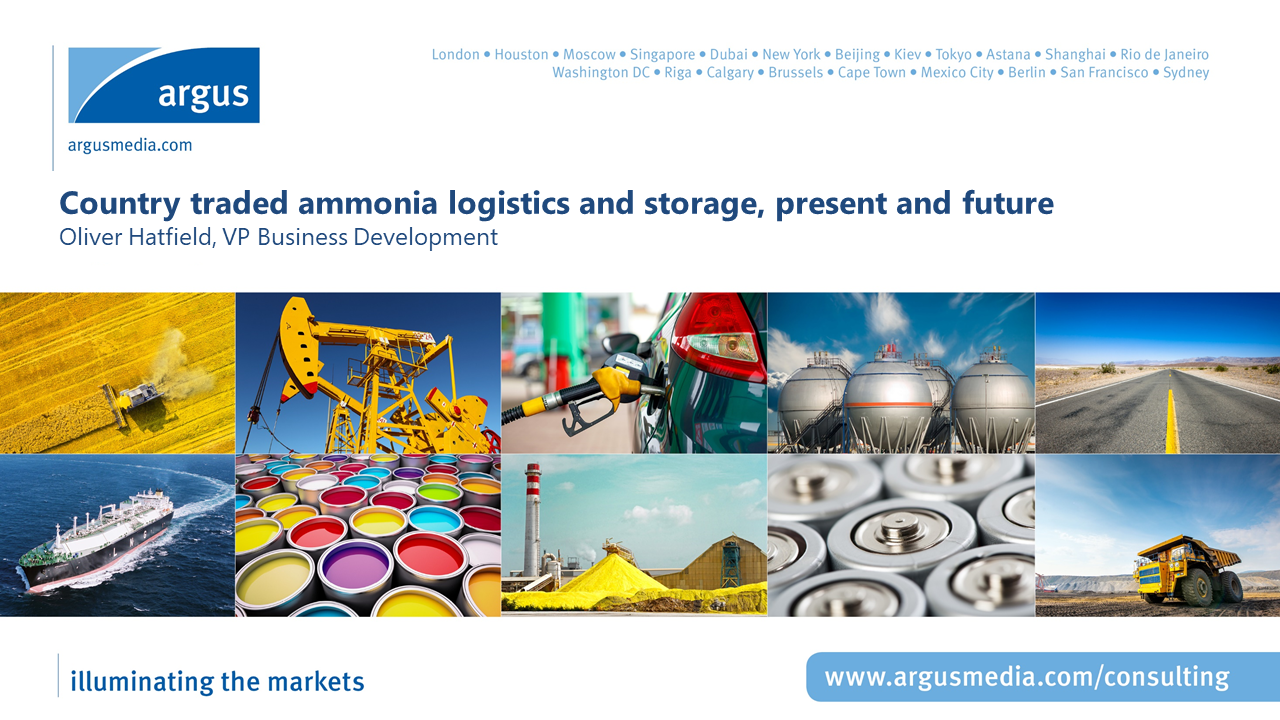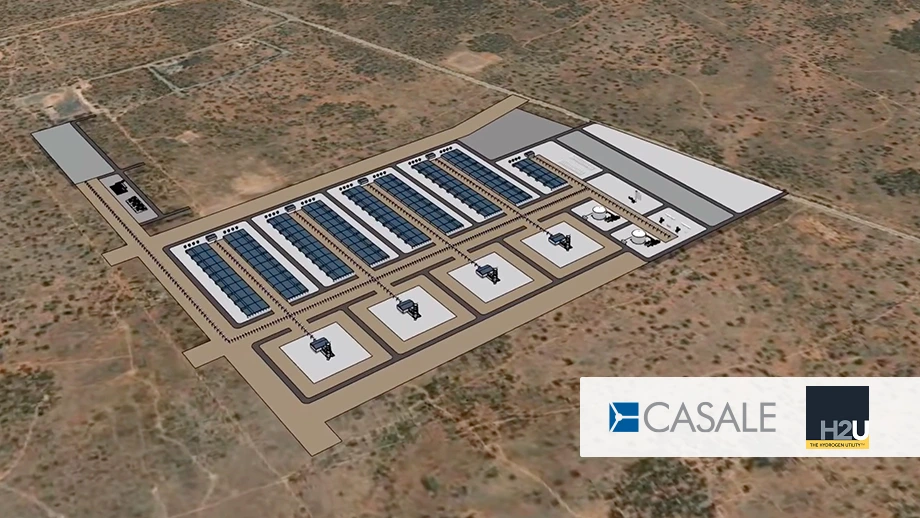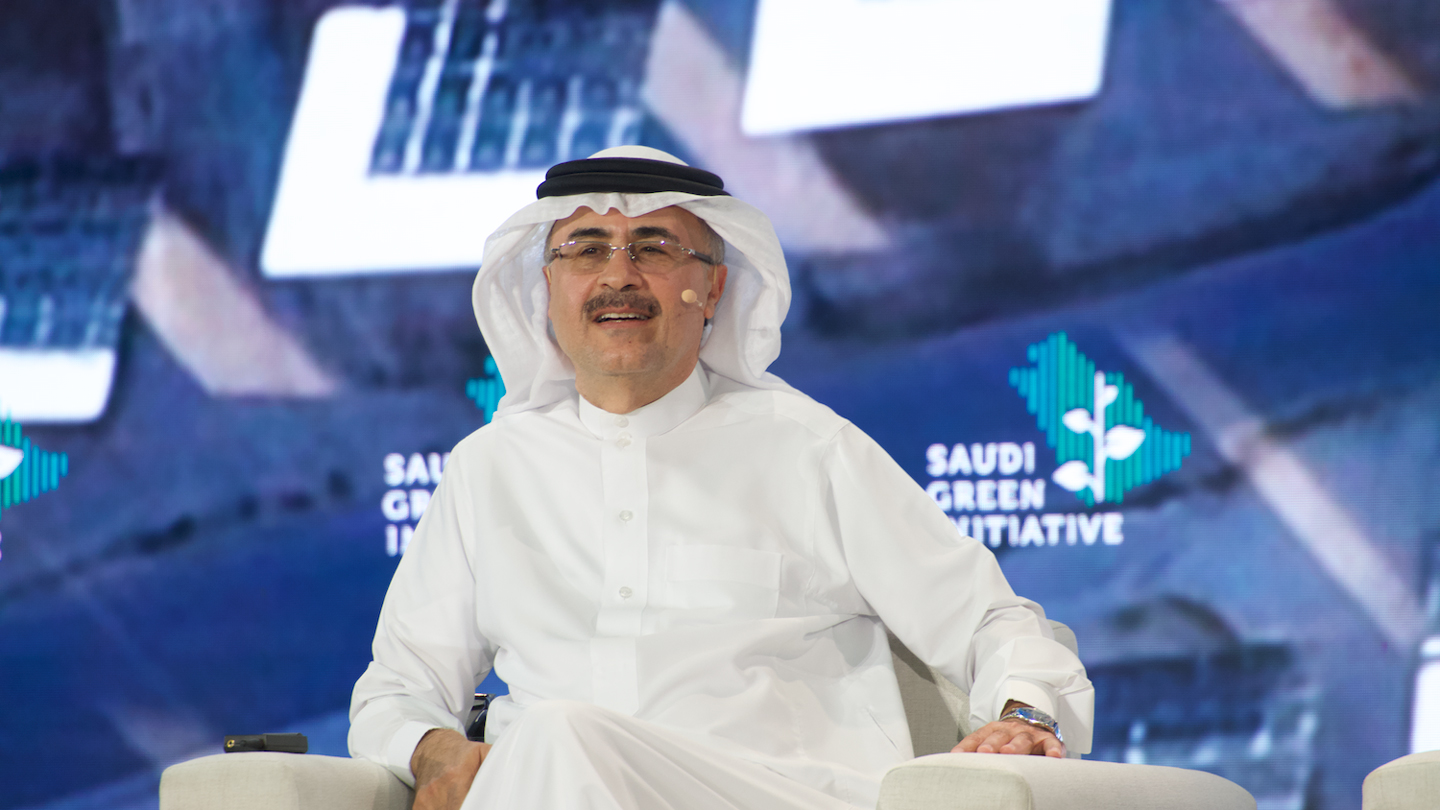Fortescue Future Industries powers ahead on green ammonia
Fortescue Future Industries has been hitting the Ammonia Energy headlines of late. All of these various announcements point towards a singular target, announced in June by Fortescue Chairman Andrew Forrest: the supply of 15 million tonnes green hydrogen to global markets by 2030. Taken on their own these are significant steps, but COP26 was also the stage for a number of other significant ammonia and hydrogen-related announcements by FFI. Over the last fortnight we've seen the launch of green ammonia production projects in Papua New Guinea, Jordan & Argentina, buyers announced for a full 10% of FFI's global green hydrogen production, a partnership to decarbonise aviation and more developments in the electrolyser space.

